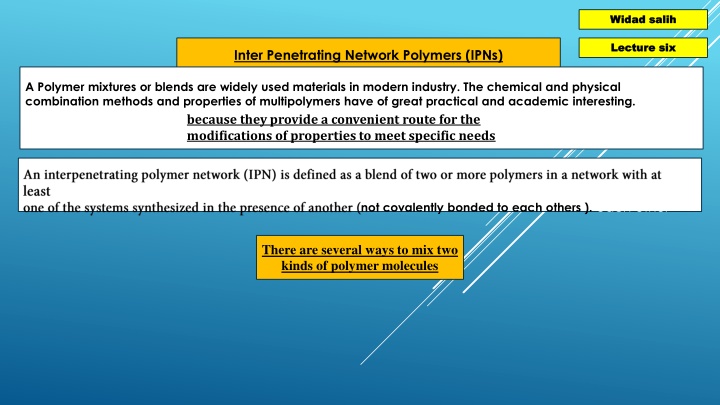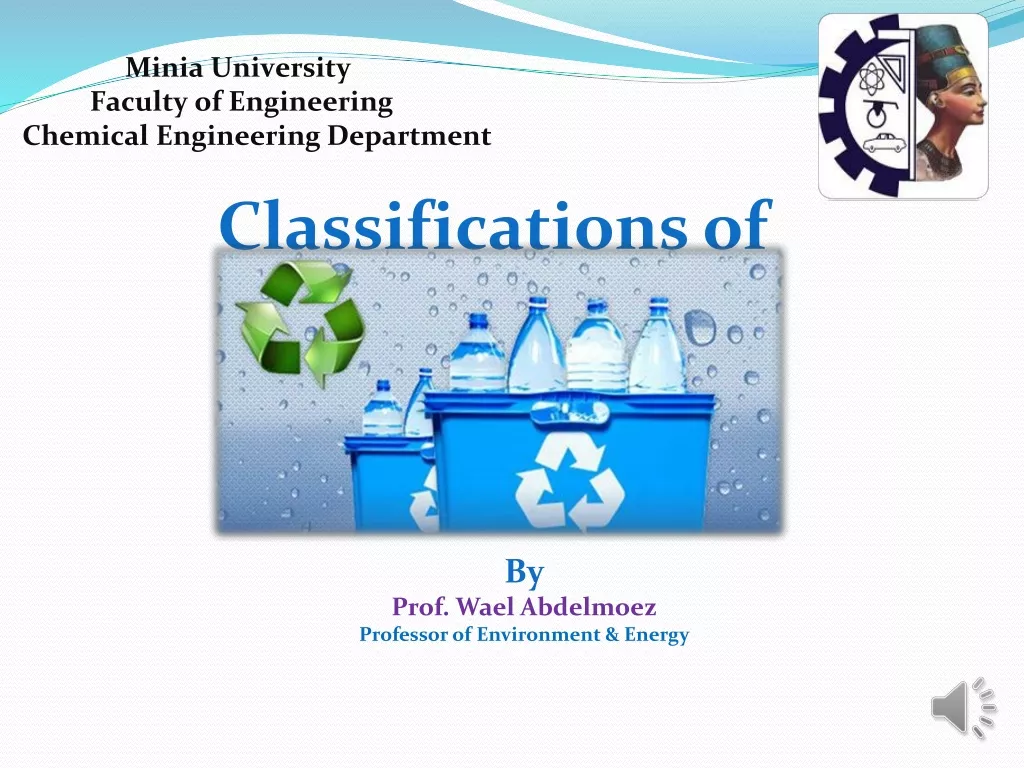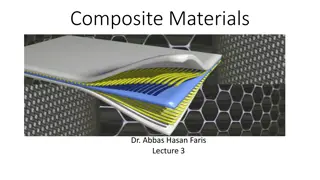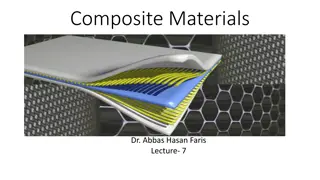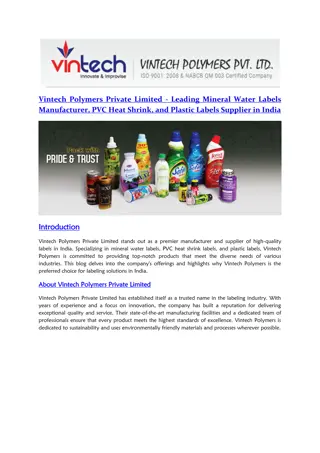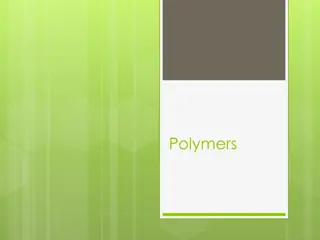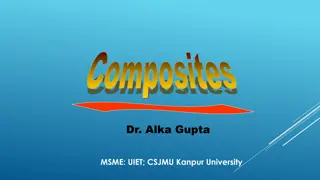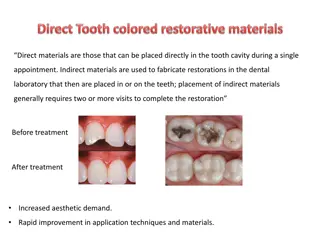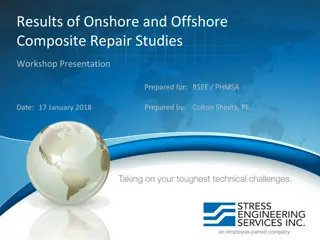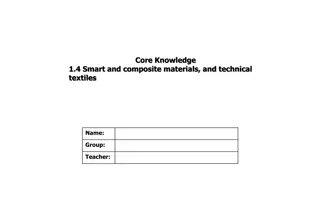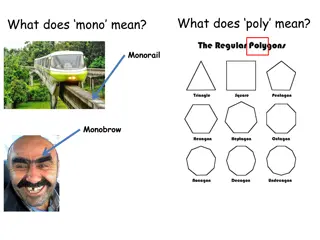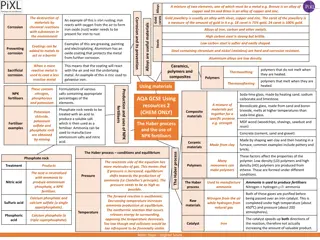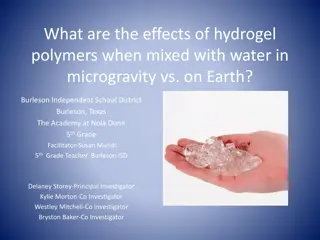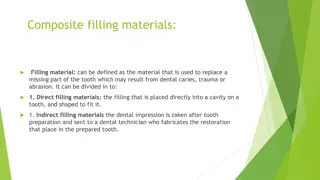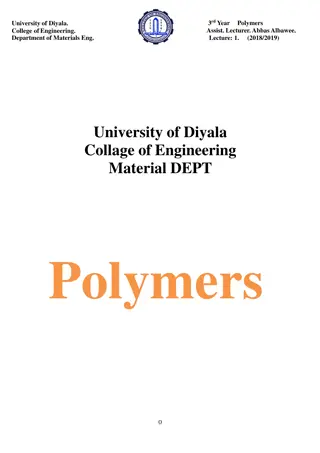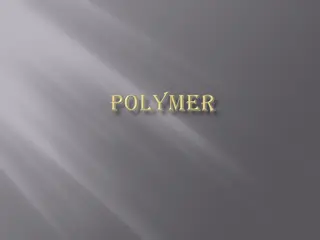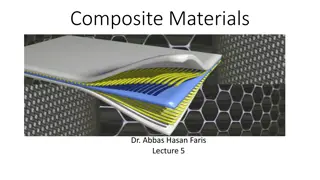Interpenetrating Network Polymers and Composite Materials in Modern Industry
Polymer mixtures or blends, known as Interpenetrating Network Polymers (IPNs), offer convenient routes for modifying properties to meet specific needs in modern industry. IPNs involve not covalently bonded polymers that can be mixed in various ways to create unique material properties. Additionally, composite materials, combining two materials with different properties, enhance strength, lightness, and resistance for specialized applications.
Download Presentation

Please find below an Image/Link to download the presentation.
The content on the website is provided AS IS for your information and personal use only. It may not be sold, licensed, or shared on other websites without obtaining consent from the author.If you encounter any issues during the download, it is possible that the publisher has removed the file from their server.
You are allowed to download the files provided on this website for personal or commercial use, subject to the condition that they are used lawfully. All files are the property of their respective owners.
The content on the website is provided AS IS for your information and personal use only. It may not be sold, licensed, or shared on other websites without obtaining consent from the author.
E N D
Presentation Transcript
Widad Widad salih salih Lecture six Lecture six Inter Penetrating Network Polymers (IPNs) A Polymer mixtures or blends are widely used materials in modern industry. The chemical and physical combination methods and properties of multipolymers have of great practical and academic interesting. because they provide a convenient route for the modifications of properties to meet specific needs An interpenetrating not covalently bonded to each others ). each other There are several ways to mix two kinds of polymer molecules
Kinds of IPNs Kinds of IPNs Sequential IPN. Polymer network I is made. Monomer II plus cross-linker and activator are swollen into network I and polymerized in situ.
Kinds of IPNs Kinds of IPNs Simultaneous interpenetrating network (SIN). The monomers or prepolymers plus cross-linkers and activators of both networks are mixed
Kinds of IPNs Kinds of IPNs Latex IPN. The IPNs are made in the form of latexes, frequently with a core and shell structure Thermoplastic IPN. Thermoplastic IPN materials are hybrids between polymer blends and IPNs that involve physical crosslinks rather than chemical cross-links. Thus, these materials flow at elevated temperatures, similar to the thermoplastic elastomers, and at use temperature, they are cross-linked Semi-IPN. Compositions in which one or more polymers arecross-linked and one or more polymers are linear or branchedare semi-IPN (SIPN).
Composite Materials Composite Materials A composite material is a combination of two materials with different physical and chemical properties. When they are combined they create a material which is specialised to do a certain job, for instance to become stronger, lighter or resistant to electricity. They can also improve strength and stiffness. The reason for their use over traditional materials is because they improve the properties of their base materials and are applicable in many situations. eramic matrix composite: Ceramic spread out in a ceramic matrix. These are better than normal ceramics as they are thermal shock and fracture resistan Metal matrix composite: A metal spread throughout a matrix Reinforced concrete: Concrete strengthened by a material with high tensile strength such as steel reinforcing bars Glass fibre reinforced concrete: Concrete which is poured into a glass fibre structure with high zirconia content Fibreglass: Glass fibre combined with a plastic which is relatively inexpensive and flexible Carbon Fibre reinforced polymer: Carbon fibre set in plastic which has a high strength-to-weight ratio
Types of Reinforced Materials Types of Reinforced Materials
Advantages of Polymers Composites -- Lightweight (potentially very high strength-to-weight ratio) --- High modulus and glass transition temperatures --- Ability to tailor properties for a wide range of applications --- Good fatigue resistance --- Easy to mold and bond to a variety of substrates or other composites --- Low thermal expansion (along with ability to tailor the CTE in the X, Y, and Z direction) Tailorable electrical properties --- Insulating composites with non-conductive fillers such as glass fibers and silica fillers Conductive composites using silver flake or powders
Disadvantages of Polymers Composites --- Advanced composites have a high cost of raw materials --- Complex manufacturing processes are typically required to ensure low voids and porosity ---- Long development times --- Low ductility --- Damage susceptibility and the potential for hidden damage (hard to inspect) --- Need careful resin selection to minimize moisture and solvent attack
